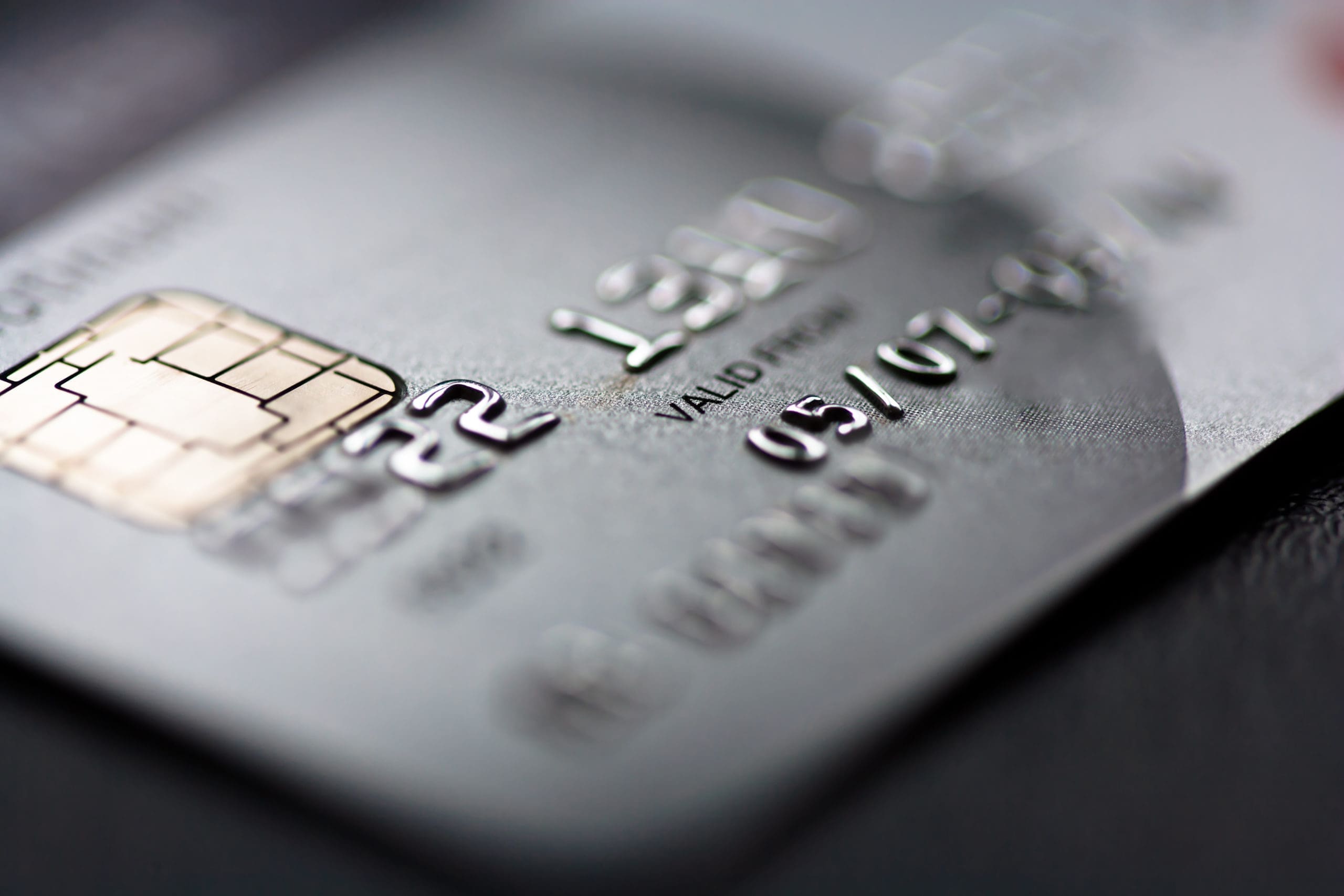Consumers want greater control.
Before the pandemic, consumers increasingly wanted greater control over their finances. Debit cards provide the level of control consumers want in two ways. First, debit cards improve budgeting. Since debit cards are limited to only the money in the account, consumers can’t find themselves in debt like they can with a credit card. Secondly, it’s easy to track spending. Online banking apps let consumers see in real-time how much money they have, how much you’re spending, and what, exactly, they have spent their money on.
Debit use is growing – across all demographics.
According to a September 2022 report in the payment industry publication Digital Transaction News: Consumers’ usage of debit cards has finally surpassed that of credit cards. Through the second quarter of 2022, 56.2% of consumers preferred debit as their primary payment card, compared to 39.5% for credit, according to a report from S&P Global Market Intelligence. Those numbers represent a dramatic change in the payments landscape, as just 40.2% of consumers cited debit as their primary payment card as recently as last year, compared to 54.6% for credit.
Consumer preference
Consumers’ preference for debit payments has caught the attention of financial institutions of all sizes nationwide. Since rural consumers are typically customers of regional or community banks, they might not have access to a full range of debt options. So, merchants (anyone accepting cards for payment) need to ensure they are accepting a wide range of debt options. Failure to do so could result in a negative consumer experience and limit a merchant’s reach to potential customers.
Younger consumers prefer debit
BNPL’s influence is being driven by Gen Zers, millennials, and Gen Xers, all of whom, the report says, are heavy users of BNPL. Consumers who view BNPL loans as a replacement for credit card debt say they can pay them off using their debit card.
“Our research shows that Gen Z and Millennials are often credit-averse, and prefer the predictability of debit,” McKee of 451 Research says. “The rise of BNPL options has helped younger consumers continue to rely on debit while still gaining access to greater purchase flexibility.
Seamless payment experience
Customers expect a seamless payment experience. Consumers expect that their debit payments will be accepted regardless of if the debit card was issued by a large national or community bank.
Previous studies have shown that the non-acceptance of any debit transaction can result in lost/late revenue and higher levels of consumer dissatisfaction. The 451 surveys back these findings up. More than a third (35 percent) of consumers surveyed by 451 blamed the merchant—not card networks, issuers, or payment processors—for not accepting all debit cards at checkout.
Here to stay
Recent increases in debit usage aren’t unique to the pandemic era. Historically, whenever consumers perceive the potential for turmoil, debit use rises. For example, right before the November 2020 election, 41% of consumers chose a debit card to make a payment, while 28% chose a credit card. A year earlier, 31% chose debit, and 29% opted for credit. Similarly, in 2022, with high inflation and rising interest rates, debit cards are surging in popularity.
We see a similar trend playing out during the Great Recession in 2007. Again, when the economy looks uncertain, people respond by paying closer attention to their finances and seeking greater control and a preference for debit. Debit’s ease of use for contactless and online payments, along with the financial literacy of younger generations, means today’s trends in debit usage are very likely here to stay.
In early 2022, debit cardholders already account for billions of dollars in sales volume, and that number is increasing at a rapid rate. Merchants paying attention are making it easy for their customers to pay with any debit card are reaping the rewards in more revenue and improved customer satisfaction.
IntelliPay, a leader in government credit and debit card, ACH, and eCash payment processing solutions, sponsored this article.


